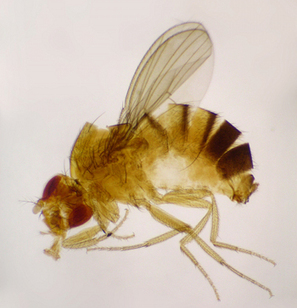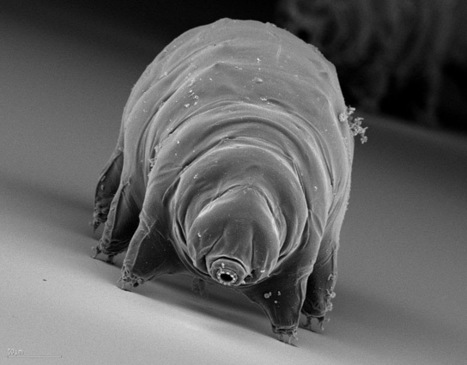By Ian O'Neill. Discovery News. « Ant Colony Sets Up Home On The Space Station »
« [...] When the Orbital Sciences Cygnus cargo vehicle arrived at the International Space Station on Jan. 9, it was carrying a colony of intrepid six-legged insects — 600 ants. This wasn’t, however, an invasion of the two-antennae kind; the colony was safely locked in a container, prepared to begin a cool NASA-sponsored microgravity experiment. »
[...]
« The applications of this experiment are wide-ranging. Ant colonies (on Earth) operate without a central command, instead relying on individual ants to aggregate information in a distributed manner. According to the ISS experiment description pages (1), this colony behavior is being increasingly used to coordinate swarms of robots and other complex human problems down here on Earth. So, by understanding how ants tolerate and adapt to a microgravity environment, we may be able to build better swarming algorithms. »
[...]
(1) ISS Science for Everyone : "Ants in Space"
Ants in Space (CSI-06) compares how the interaction rate of a group of ants depends on density, the number of ants per unit area, in normal gravity and microgravity conditions.
The investigation houses eight ant habitats containing three areas: nest area, Forage Area 1 and Forage Area 2. Each area is separated by a sealed “door.”
Approximately 100 Tetramorium caespitum or pavement ants are launched in the nest area of each habitat. Once the habitats are on the International Space Station (ISS) a crew member “activates” the experiment by releasing the ants from the nest area into Forage Area 1 by lowering a barrier door. Once the ants have thoroughly explored Forage Area 1 (approximately 25 minutes), Forage Area 2 is opened. [...]



 Your new post is loading...
Your new post is loading...











SUR ENTOMONEWS :
→ Des fourmis dans l'espace : lancement réussi, regardez le décollage